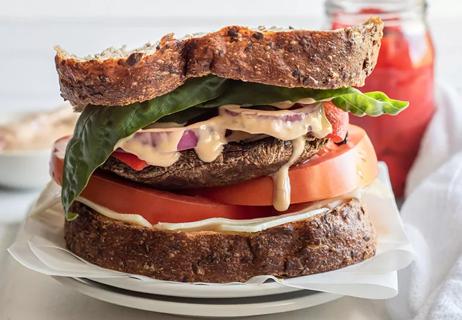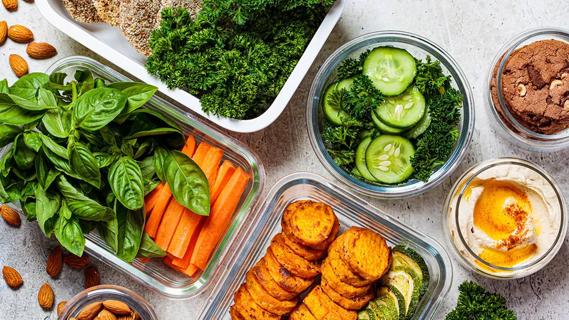The short answer from a registered dietitian

A: Maybe — but do you really want to risk it?
Advertisement
Cleveland Clinic is a non-profit academic medical center. Advertising on our site helps support our mission. We do not endorse non-Cleveland Clinic products or services. Policy
Food that lands on the floor will pick up some bacteria. That is a fact. But will that contamination be enough to give you gastric regret? That’s the question at the heart of the debate concerning the “5-second rule.”
To start, the concept behind the rule about eating dropped food is solid. The less time food spends on the floor, the fewer bacteria it picks up. Kind of common sense, right?
But the 5-second rule “is a significant oversimplification of what actually happens” regarding bacteria transfer from floor to food, according to a 2016 study published in an American Society for Microbiology journal.
Just consider all the variables. The type of food fumbled is significant, as is the surface the food hits. Time on the floor is only one part of the equation.
So let’s look at these factors.
On the food front, moistness matters — and it matters a lot. A juicy slice of watermelon basically serves as a bacteria sponge once it hits the ground. Expect it to potentially soak up nastiness such as E. coli and staph infection.
Drop a hard pretzel on the floor, however, and there’s far less reason to worry.
(An interesting side note: People are more willing to eat cookies and candy off the floor than veggies such as cauliflower or broccoli, according to a much-cited research project at the University of Illinois.)
Advertisement
When it comes to floor surfaces, carpet is the safest for a pick-it-up-and-eat move as the fibers hold less bacteria. Tile is riskier. Wood flooring? That’s tougher to nail down given all the different types and finishes.
Consider the location, too. Let’s just say eating something off of your living room carpet seems like a better bet than grazing off of a high-traffic gas station restroom.
Again, common sense.
So back to the 5-second rule and the main question: Should you eat that dropped doughnut or consider it a sacrifice to the god of clumsiness? Researchers come down on both sides of the debate.
Where everyone finds common ground, however, is on the seriousness of foodborne illnesses.
Consider this: An estimated 48 million Americans will get sick from a foodborne disease this year, according to the Centers for Disease Control and Prevention. Nearly 130,000 will be hospitalized. Roughly 3,000 will die.
That’s a stomach-churning reality — and definitely something to think about before nibbling off a floor buffet.
— Dietitian Beth Czerwony, RD
Advertisement
Learn more about our editorial process.
Advertisement

A satisfying veggie option with a kick

No more scrambling to figure out what to eat during your busy week

Set yourself up for success by carefully choosing your recipes, storage containers and prepping day

A colorful side dish to brighten any meal

A creamy mashed cauliflower that’s sure to please

Impress your Thanksgiving guests with this homemade treat!

These breaks may have some benefits — but they promote an unhealthy attitude toward food

Type 2 diabetes isn’t inevitable with these dietary changes

Applying a hot or cold compress can help with pain